In the annals of art history, the rediscovery of a lost masterpiece is a rare and exhilarating event. Such is the case with an early painting by the renowned Austrian painter Gustav Klimt, which has resurfaced after being thought lost since the 1930s. The portrait of Prince William Nii Nortey Dowuona, a representative of the Ga people in West Africa (present-day Ghana), was painted in 1897 and depicts the prince in profile against loose brushstrokes of florals. This small yet significant portrait, measuring just over 2 feet tall, is now on display at the art fair TEFAF Maastricht in the Netherlands, with a price tag of €15 million (approximately $16.3 million).
The journey of this painting from obscurity to the spotlight is nothing short of remarkable. In 2023, two collectors approached the Viennese gallery Wienerroither & Kohlbacher (W&K) with the artwork, which was described as “heavily soiled” and bearing a “barely visible” estate stamp by Klimt. The gallery confirmed its authenticity with the help of art historian Alfred Weidinger, who had been searching for the work for over two decades. According to a press release by the gallery, the portrait was auctioned from Klimt’s estate in 1923 and loaned to an exhibition in 1928 by Ernestine Klein. Klein, along with her husband Felix, had converted Klimt’s studio into a villa. The couple fled Vienna for Monaco in 1938, just before World War II, and the painting’s whereabouts remained a mystery until its rediscovery in 2023.
The painting’s reappearance is the result of extensive restoration efforts and a restitution settlement with Klein’s heirs. The artwork is now making its public debut at TEFAF Maastricht, offering art enthusiasts a rare glimpse into Klimt’s early work. W&K states that the artist painted the work during the Vienna Völkerschau of 1897, a colonialist-era ethnographic display of people popularized in 19th- and 20th-century Europe. Weidinger’s research indicates that several individuals from Osu, the prince’s place of origin, traveled to Vienna to be part of the exhibition. Klimt’s portrait was likely a commission but ultimately remained with the artist, as reported by Artnet.
The 1897 portrait marks a significant moment in Klimt’s stylistic evolution. According to Weidinger, the painting represents Klimt’s shift “towards decorative elements,” which would become hallmarks of his later style. This stylistic transition is particularly notable as Klimt is most recognized for his opulent and intricate works, such as the gilded couple he painted about 11 years later in “The Kiss.” This masterpiece, housed in Vienna’s Belvedere Museum, attracts hundreds of thousands of visitors each year.
Klimt’s legacy was further cemented in 2023 when his “last masterpiece” — a portrait of an unidentified woman with a fan — sold for £85.3 million ($108.4 million) in London. This record-breaking sale not only surpassed the artist’s personal auction record but also became the most expensive artwork ever sold at a European auction. The previous year, another long-lost and recovered Klimt painting, “Portrait of Fräulein Lieser,” sold for €30 million ($32 million).
The rediscovery of the portrait of Prince William Nii Nortey Dowuona is a testament to the enduring allure of Klimt’s work. His ability to capture the essence of his subjects with both precision and artistic flair continues to captivate audiences. The painting’s historical significance is further enhanced by its connection to the Vienna Völkerschau, a period marked by colonialist-era exhibitions that showcased diverse cultures from around the world.
The portrait’s journey from obscurity to the spotlight also highlights the importance of art historians and collectors in preserving and rediscovering lost works. Alfred Weidinger’s dedication to locating the painting and the efforts of W&K gallery in restoring and authenticating it are crucial in ensuring that this masterpiece is not lost to history again. The restitution settlement with Klein’s heirs underscores the ethical considerations involved in the art world, ensuring that the rightful owners are acknowledged and compensated.
As the painting goes on display at TEFAF Maastricht, it serves as a reminder of Klimt’s early forays into the decorative elements that would define his later work. It also offers a unique perspective on the cultural exchanges of the late 19th century, a time when individuals from diverse backgrounds were brought together in the name of art and anthropology. The portrait of Prince William Nii Nortey Dowuona is not just a painting; it is a window into a bygone era, a testament to Klimt’s artistic genius, and a symbol of the enduring power of art to connect us across time and cultures.
The rediscovery of Gustav Klimt’s portrait of Prince William Nii Nortey Dowuona is a significant event in the art world. It highlights the importance of art historians, collectors, and galleries in preserving and rediscovering lost masterpieces. The painting’s historical and cultural significance, combined with its artistic merit, make it a valuable addition to Klimt’s oeuvre. As it takes its place among other celebrated works by the artist, it serves as a reminder of the enduring legacy of Gustav Klimt and the timeless appeal of his art.

By Joshua Howard/May 14, 2025

By Samuel Cooper/May 14, 2025

By Victoria Gonzalez/May 14, 2025

By Elizabeth Taylor/May 14, 2025
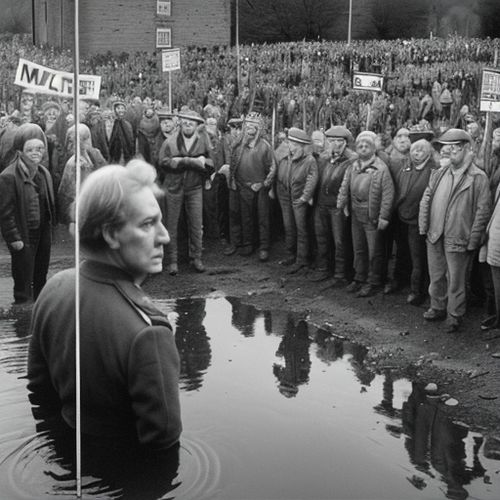
By Sophia Lewis/May 14, 2025

By Thomas Roberts/May 14, 2025

By Sophia Lewis/May 14, 2025
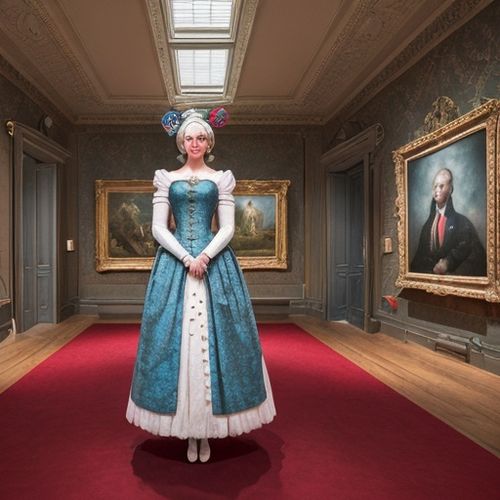
By James Moore/May 14, 2025

By Christopher Harris/May 14, 2025
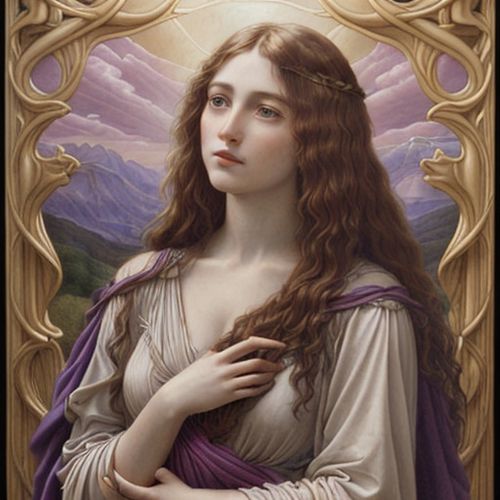
By Megan Clark/May 14, 2025
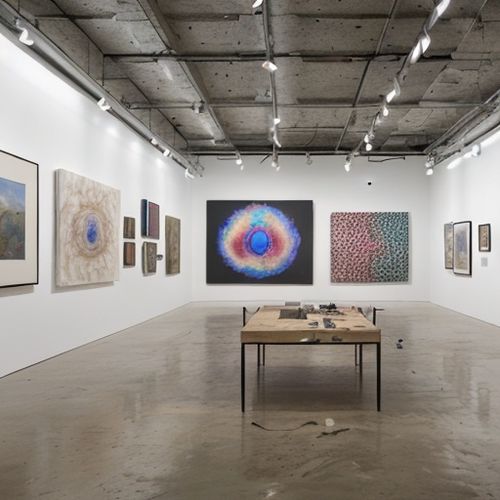
By Lily Simpson/May 14, 2025
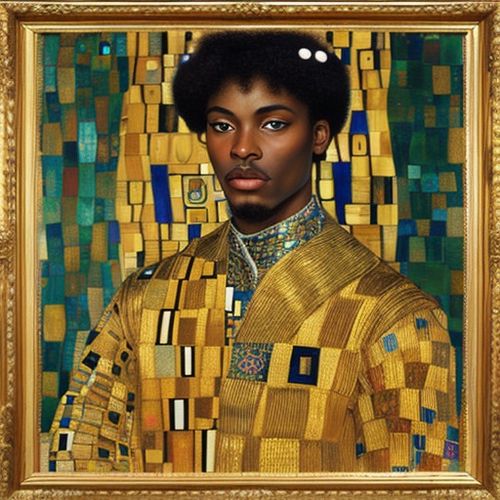
By Rebecca Stewart/May 14, 2025
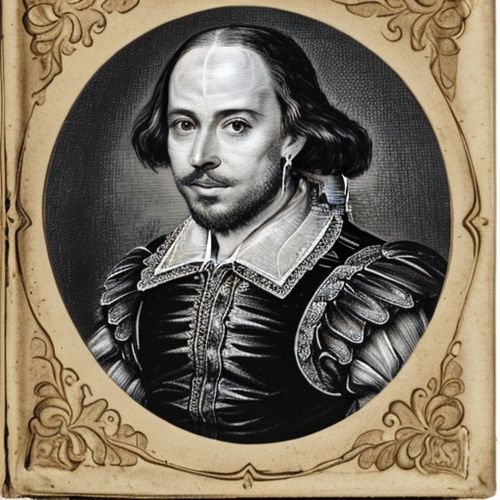
By Thomas Roberts/May 14, 2025
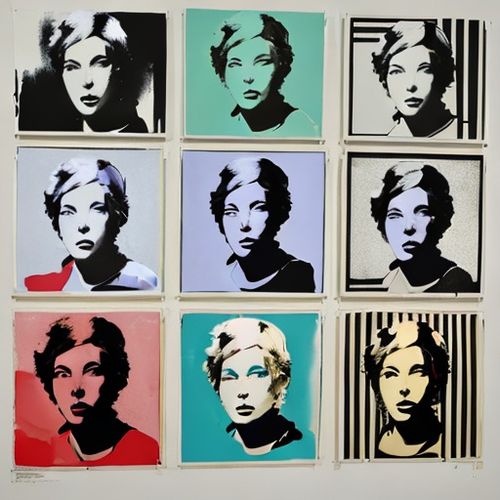
By Grace Cox/May 14, 2025
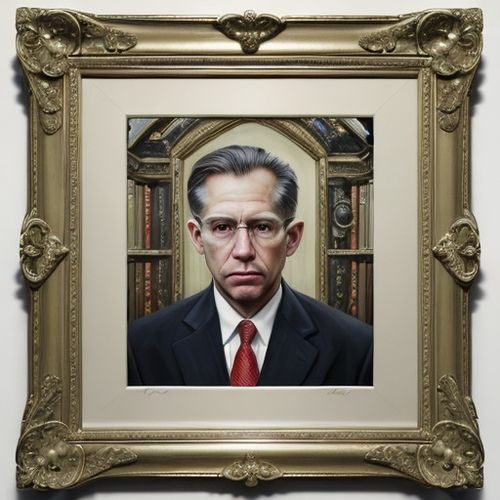
By Sarah Davis/May 14, 2025
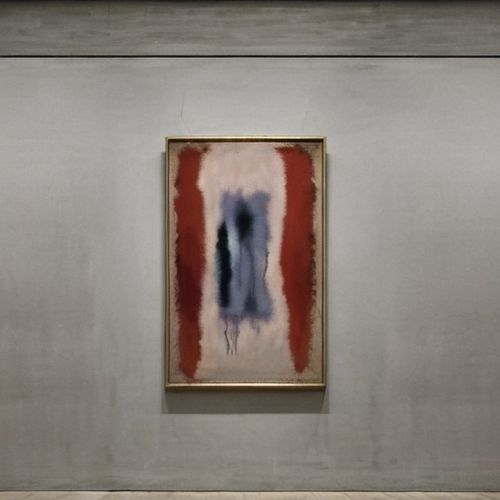
By Megan Clark/May 14, 2025
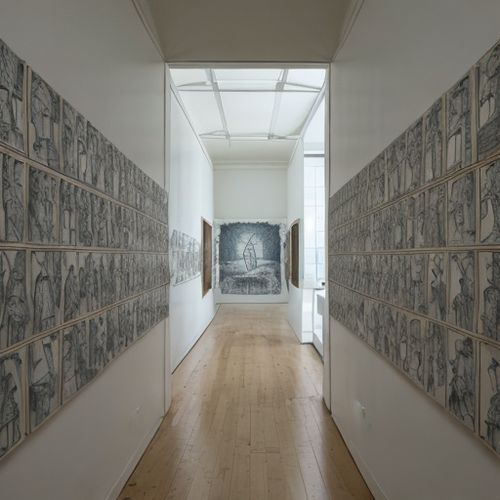
By Jessica Lee/May 14, 2025

By James Moore/May 14, 2025
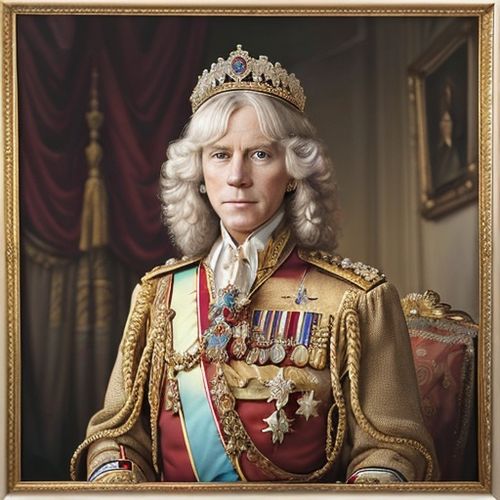
By Samuel Cooper/May 14, 2025
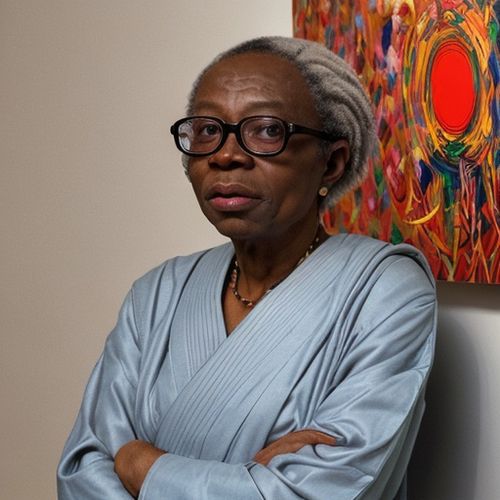
By George Bailey/May 14, 2025